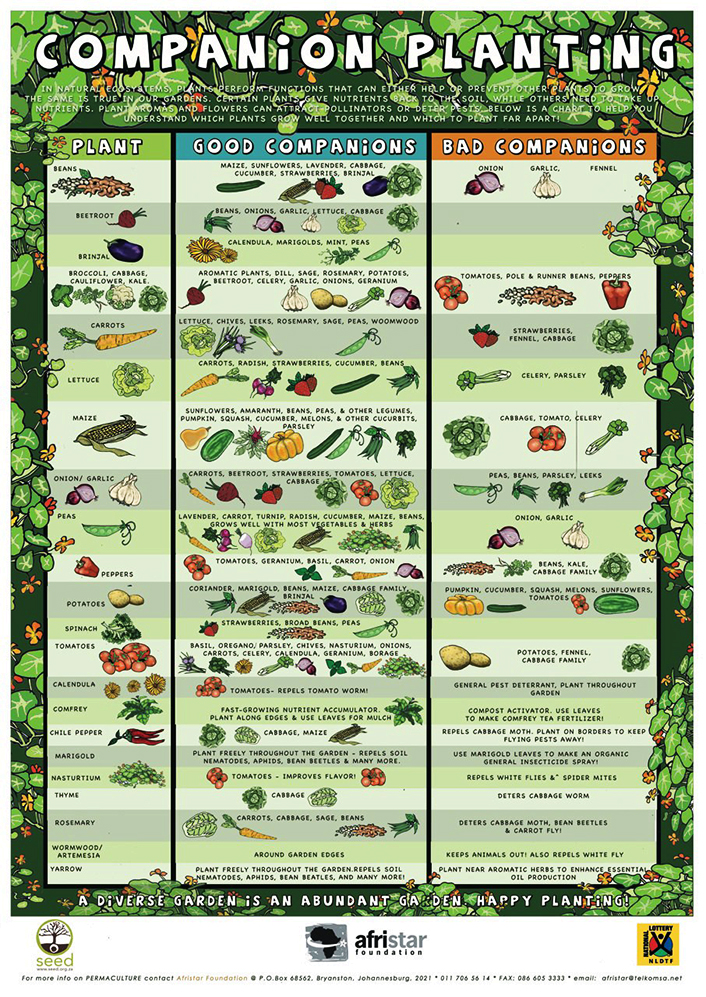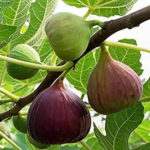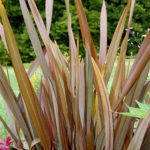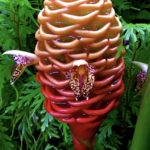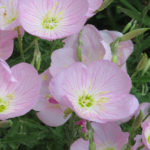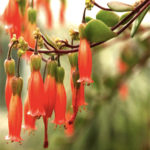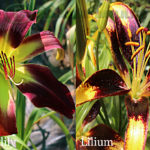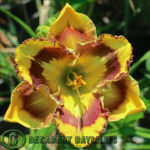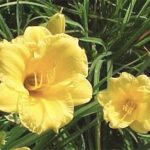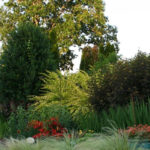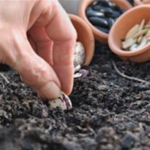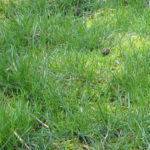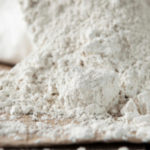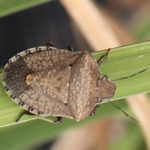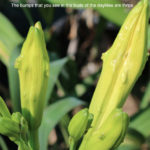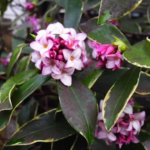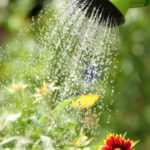
Companion Planting Guide & Chart
Companion Planting Chart – Grouping Plants to Control Pests
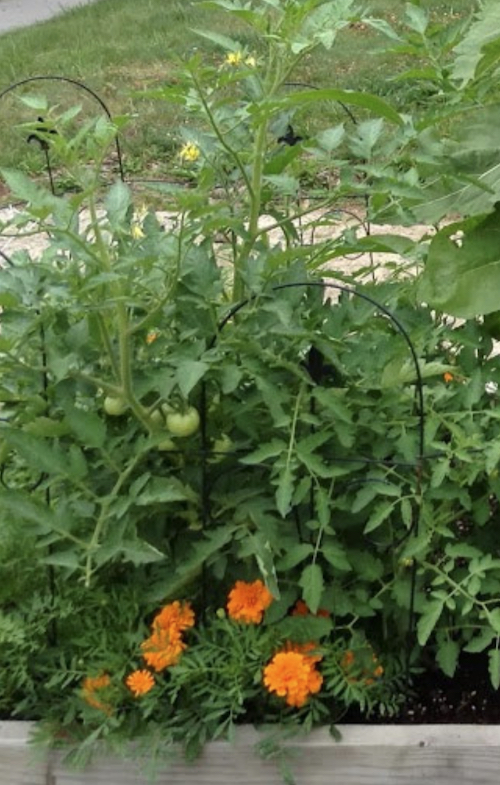 Companion planting is important to the sustainable gardener. The use of toxic and dangerous sprays or chemicals to control pests is an absolute taboo. They want to use something that supports the natural ecosystem found within nature. Organic gardeners know that pesticides kiss beneficial soil microbes and cause a deficiency in nutrients to the plants they’re sprayed on. It is essential to note that a healthy garden, or yard even, must have insects to help in pollination and to feed larger animals as part of a natural food chain. Insects also help break down soil nutrients and compost. Aiming to have a pest free garden will not support a healthy ecosystem. However, there is a better, natural way to repel destructive pests. Planting plants that are pest repellents or companion planting can do this. Companion planting is one of the oldest methods used to deter pests in a garden. Companion plants should be placed close together side by side to creating a high density and interlarded with other plants. This creates a permaculture like habitat, which is pleasing to the organic sustainable gardener and facilitates the need for rapid, vast improvements in how we interact with the environment and nature that surrounds us.
Companion planting is important to the sustainable gardener. The use of toxic and dangerous sprays or chemicals to control pests is an absolute taboo. They want to use something that supports the natural ecosystem found within nature. Organic gardeners know that pesticides kiss beneficial soil microbes and cause a deficiency in nutrients to the plants they’re sprayed on. It is essential to note that a healthy garden, or yard even, must have insects to help in pollination and to feed larger animals as part of a natural food chain. Insects also help break down soil nutrients and compost. Aiming to have a pest free garden will not support a healthy ecosystem. However, there is a better, natural way to repel destructive pests. Planting plants that are pest repellents or companion planting can do this. Companion planting is one of the oldest methods used to deter pests in a garden. Companion plants should be placed close together side by side to creating a high density and interlarded with other plants. This creates a permaculture like habitat, which is pleasing to the organic sustainable gardener and facilitates the need for rapid, vast improvements in how we interact with the environment and nature that surrounds us.
Plant Partners in Pest Control
There are two categories of pest control using companion planting. The first of those two is growing plants that act as a kind of force field defending other plants with their strong scents. Some plants that fall into this category are herbs like basil and thyme, and flowering herb plants like lavender. Marigolds are pictured here as a repellent for the tomatoes. Sage is one of the most popular types of naturally pest repellent perennials. While sage does attract bees that of course assist in pollination, it repels harmful insects like carrot flies. Sage pairs well with onions, carrots, strawberries and beets. Scented pelargoniums produce a scent that masks the plants that could potentially attract baneful arthropods and pairs well with roses, peppers, corn and grapes. The second of the two categories is plants that attract healthful, constructive insects that may also prey on those destructive insects, like dill and fennel. Phacelia plants fall into this category because they produce large quantities of pollen, which attract predators like hover flies whose larvae eat insects like mealy bugs, aphids and scale insects. These plants pair well with tomatoes, kale, broccoli and cucumber.
Pests Prevention
Along with companion planting, environmentally conscious gardeners can use natural methods to prevent pest problems. Pulling out weak plants is a great first step in preventing further pest infestations. If not pulled, weak plants can attract predators that may damage your garden. You also want to disinfect any tools you have used with infected plants to minimise the spread of garden damaging insects.
Building and maintaining healthy soil will not only help keep your plants strong but also deter pestering insects.
Natural compost and/or fertiliser promote good soil. To avoid over watering, it is best to water plants early in the day so that they dry out by night and this also discourages pests along with fungal infections. There are several other natural pest prevention and control techniques that you could use. With a little research and some loving care, your garden can flourish free of noxious pests.
Here are some tips for companion planting, a natural oldest methods of pest control by grouping together plants to repel and control pests and insects in your vegetable and flower gardens without having to use of harmful pesticides.
